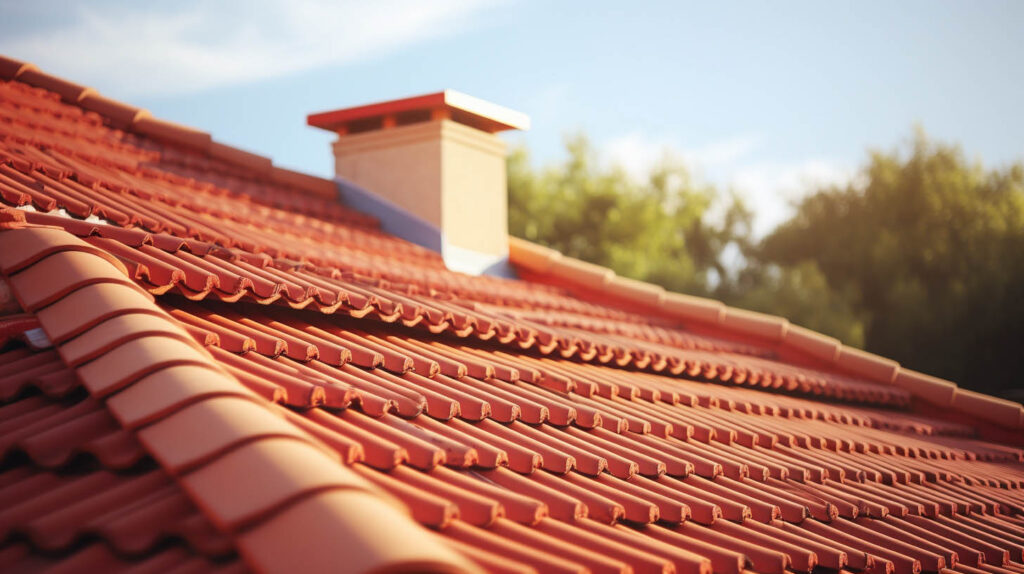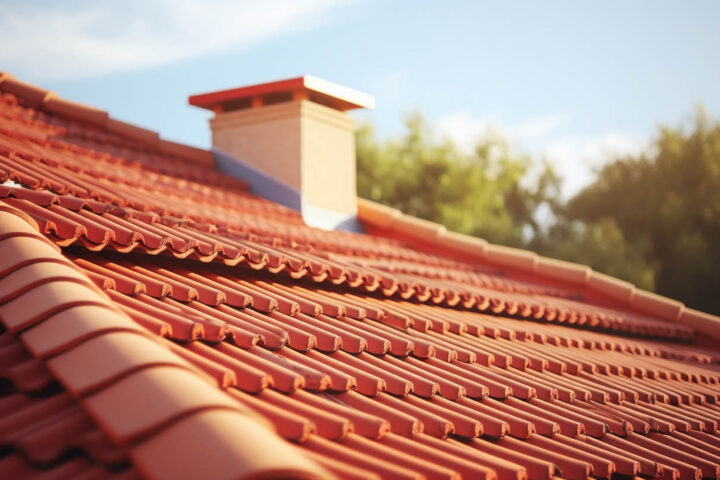Choosing the right roofing material is crucial for homeowners seeking durability, aesthetic appeal, and value for their property. In the realm of roofing options, clay tiles, cement tiles, and composition shingles are popular choices, each offering unique advantages and considerations. As a leading roofing company, we delve into the details of these materials to help you make an informed decision.

Understanding Clay Tile Roofing
Advantages of Clay Tiles
- Longevity: Clay tiles are renowned for their durability, often lasting over 50 years with proper maintenance.
- Aesthetic Appeal: They offer a classic, elegant look, enhancing the architectural beauty of your home.
- Energy Efficiency: Clay tiles reflect sunlight, helping maintain a cooler home environment and reducing energy costs.
- Fire Resistance: This material is non-combustible, offering excellent fire protection.
Considerations for Clay Tiles
- Weight: Clay tiles are heavy, requiring a sturdy roof structure.
- Cost: They are generally more expensive than other roofing materials.
- Maintenance: While durable, they can crack and require repair or replacement.
Exploring Cement Tile Roofing
Advantages of Cement Tiles
- Versatility: Available in various colors and styles, cement tiles can mimic the look of clay, wood, and slate.
- Durability: Resistant to fire, wind, and hail, cement tiles are built to last.
- Energy Efficiency: Similar to clay, they help in reducing energy costs by reflecting sunlight.
Considerations for Cement Tiles
- Weight: Like clay, cement tiles are heavy and need a robust roof structure.
- Moisture Resistance: They need proper sealing to prevent water absorption.
- Upfront Cost: Cement tiles can be more costly initially compared to other options.
Composition Shingle Roofing: A Popular Choice
Advantages of Composition Shingles
- Affordability: They are more budget-friendly than clay or cement tiles.
- Ease of Installation: Lightweight and easy to install, they are a practical choice for many homes.
- Variety: Available in numerous colors and styles, they can suit different architectural designs.
- Maintenance: Easy to repair and replace, making them a convenient option.
Considerations for Composition Shingles
- Lifespan: They typically last 20-30 years, shorter than clay or cement tiles.
- Vulnerability to Weather: Prone to damage from extreme weather conditions.
- Aesthetic Lifespan: Their appearance can degrade over time due to weathering and sun exposure.
Making the Right Choice for Your Home
When selecting roofing materials, consider factors like climate, architectural style, and budget. For homeowners in areas prone to harsh weather, durability and resistance might be the priority. In contrast, those focusing on aesthetics might lean towards the timeless elegance of clay or the versatility of cement tiles.
At Roof Repair Specialist, we understand the importance of a roof that not only looks great but also provides lasting protection. Our expertise as a roofing contractor in Los Angeles ensures that your roofing choice not only meets your aesthetic preferences but also adheres to local building codes and weather demands.
Conclusion
The decision between clay tiles, cement tiles, and composition shingles depends on individual needs and preferences. Each material offers distinct advantages and considerations, from the longevity and classic beauty of clay tiles, the versatility and durability of cement tiles, to the affordability and practicality of composition shingles.
For expert guidance and installation, trust Roof Repair Specialist, your go-to roofing company in Los Angeles. We are committed to helping you find the perfect roofing solution that aligns with your style, budget, and functional requirements. Contact us today to explore your roofing options and embark on the journey to a beautiful, durable, and efficient roof.




